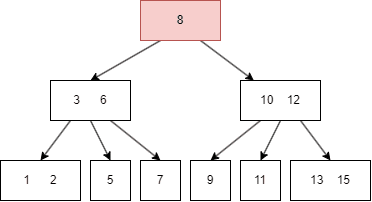
"A data structure is just a way to organize data so computers can efficiently create, read, update, and delete it (CRUD)."
"When speed, size, or structure push past the limits of the classics, that's when specialized data structures built for edge cases come into play."
"Classic data structures are well-trodden paths for developers, but messy real-world problems often require specialized structures to efficiently manage data."
"B-Trees solve the limitations of binary search trees by allowing nodes to have multiple children, reducing depth and improving efficiency for large datasets."
The article emphasizes the importance of understanding seven foundational data structures—arrays, linked lists, hash tables, stacks, queues, graphs, and trees—as essential building blocks in computer science. It contrasts traditional structures with five specialized ones—B-Trees, Radix Trees, Ropes, Bloom Filters, and Cuckoo Hashing—necessary for efficiently tackling more complex problems in data management, especially when speed and size are factors. Each structure is likened to relatable concepts, enabling easier comprehension of their functionality and purpose in programming scenarios.
Read at Hackernoon
Unable to calculate read time
Collection
[
|
...
]